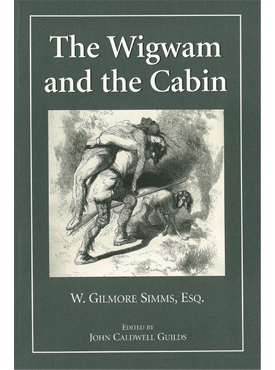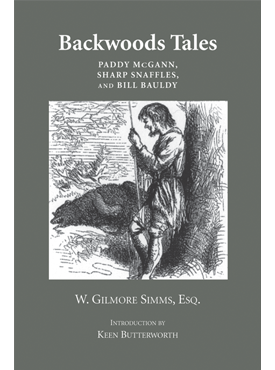One of the most important volumes of short fiction published before the Civil War. The Wigwam and the Cabin represents William Gilmore Simms at his very best. It is the work that led Poe to say of Simms, “. . . in invention, in vigor, in movement, in the power of exciting interest, and in the artistical management of his themes, he has surpassed, we think, any of his countrymen.”Praised by critics on both sides of the Atlantic, The Wigwam and the Cabin focuses n the Southern frontier that Simms knew so well, a frontier whose vernacular, courage, humor, folklore, violence, injustice, and beauty are vividly brought to life through the strokes of his pen. “I have seen the life,” Simms wrote, “—have lived it—and much of my material . . . is the planter, the squatter, the Indian, the negro—the bold and hardy pioneer, the vigorous yeomen—these are the subjects.”
Simms’s portrayal of frontier life is the most realistic and graphic in all nineteenth-century American literature; and the Arkansas edition of The Wigwam and the Cabin, with Dr. Guilds’s fine editing and informative introduction, brings back into print an invaluable contribution to the development of the short story in America.




